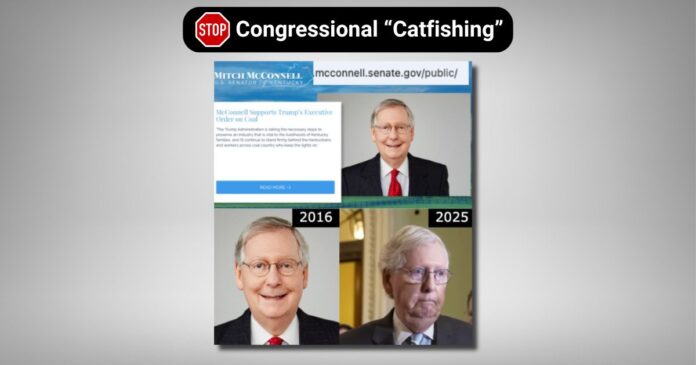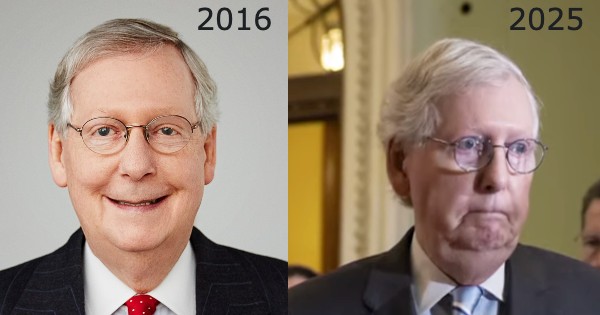
The average age of members of the United States Congress has steadily increased over the years, creating a growing age gap between elected officials and the general public they serve. As of recent congressional sessions, the average age of a U.S. Senator is around 65 years old, while members of the House of Representatives average about 58. In contrast, the median age of the general U.S. population is approximately 39. This disparity has sparked discussions about representation, generational perspectives, and the long-term impact on policymaking.
Considering the recent example of former President Joe Biden, voters deserve an accurate and current glimpse of their government representatives, especially in Congress. Compared to presidents, members of Congress aren’t shown on television to the vast majority of their constituents.
Recently, as I undertook a voter directory project, I discovered that multiple senators and congressmen who still featured decade-old self-portraits on their official government website biography pages. While age should not be the sole criterion for evaluating a politician’s effectiveness, the imbalance in age representation contributes to ongoing debates about term limits, retirement expectations, and the need for fresh perspectives in government. Ultimately, a Congress that reflects the age diversity of the U.S. population could lead to more dynamic and responsive governance.
Some of the most glaring examples included one of the most high-profile members of the Senate, Mitch McConnell, who served as Senate Majority Leader, until his aging became eerily apparent due to several instances of McConnell freezing his facial expressions during public appearances. McConnell’s portrait, currently posted on his Senate site, as well as his YouTube channel and social media accounts, are from 2016, nearly a decade ago. Compare that picture to a recent image of McConnell:

As you can see, his current official online pages feature the near-decade-old portrait:



Other examples include Florida Congressman Daniel Webster, who still features a portrait that was taken 14 years ago:

Supporters of older congressional members often emphasize their deep experience, established relationships, and procedural expertise. However, the growing age gap raises questions about whether Congress accurately reflects the demographics of the nation. Young people, who constitute a significant portion of the voting population, often feel underrepresented in national leadership.
Many of the most powerful positions in Congress—such as committee chairs, leadership roles, and influential subcommittees—are held by older lawmakers, some of whom have served for decades. While experience and institutional knowledge can be valuable assets, critics argue that an aging Congress may struggle to fully understand or prioritize the concerns of younger Americans, including issues such the digital economy. In some cases, this generational disconnect can lead to outdated policy approaches or slower responses to rapidly evolving social and technological challenges.
If we can’t expect our elected officials to be transparent about their own appearance, how can we expect them to be transparent about anything?




